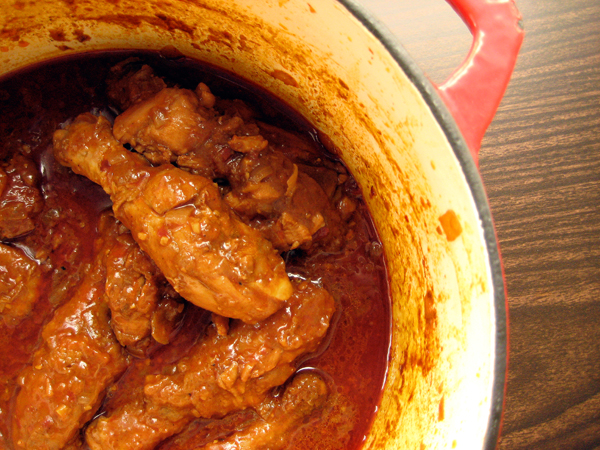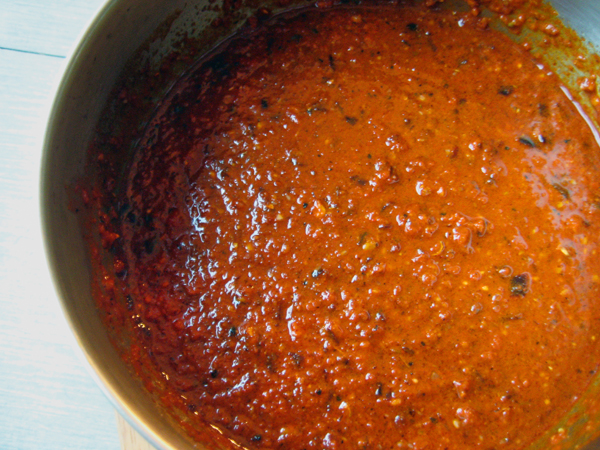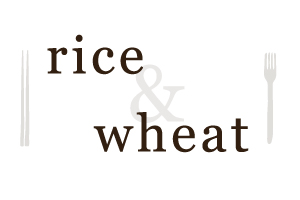
Thanks to all of you and your voting prowess, we made it past round #1 of Project Food Blog! Yay! This is my entry for challenge #2: attempt a classic dish from an unfamiliar culture.
We had a tutor when we were growing up in Hong Kong. She used to come to our house on weeknights, maybe 3 times or so in a week, to help us with our homework. My sister and I referred to her as 姐姐, calling her “big sister” in Cantonese because in many ways, that’s who she was. She was in her 20s, studying at the university, and sure, she helped us with our homework, but she also played games with us and took us out on fun outings.
姐姐 was a gentle soul with a seemingly unending source of patience for dealing with two unruly girls who, while they may be good at math, were not so good at actually sitting down to do their math. Little hooligans that we were, we sometimes frustrated her so much that she broke down in tears, causing my grandmother to rush into the room to play referee. In my mind, though, what I remember most about 姐姐 is the time she taught me about the world.

You see, when I was little, Hong Kong seemed like an enormous place. Going from one end of the city to the other took hours and surely, no other place could be nearly that huge. I remember once asking 姐姐 to point out Hong Kong on a world map and she complied. When she touched her finger to the paper, I thought she was pointing at all of Asia and I felt vindicated, “See? I knew Hong Kong is huge!” Patiently, she explained that my city, this ginormous city in which I lived, is merely a teeny tiny dot on the map. And that China is a blob, albeit a rather large blob, within this even bigger blob called Asia. And this Asia? It’s merely one continent out of a grand total of seven. The world, in that single moment, became a much much bigger place than I could have possibly imagined.
Even after moving halfway across the world, I’m still astounded by the enormity of our world. But these days, my fascination has less to do with physical distances and blob sizes on maps and more to do with the more abstract notion of cultural distances. I will be the first to admit that I know next to nothing about a huge swath of the globe. If you, for example, asked me about Africa, all I would be able to tell you is what I’ve seen in movies and television documentaries and let’s face it, I will most likely offend every single person from Africa who comes upon this site.


So let’s not do that. Instead, let’s talk about food, that which easily bridges even the greatest of cultural divides. In the kitchen, the only trip I’ve made to the African continent is to Morocco via a fragrant vegetable tagine. But having recently tasted some incredible Ethiopian food in DC (the best in the country, I’m told), I’ve been itching to venture further into an unknown land. What better place to begin, then, than with doro wat, said to be the most popular traditional food in Ethiopia?
Doro wat is a spicy chicken stew made using a spice paste called berbere and a spiced clarified butter called niter kibbeh, which I like to think of as “ghee amplified.” It begins with a unique step of dry-frying onions in the absence of any fat to draw out moisture, which works to thicken the stew later on during cooking. Some recipes I found even call for the onions to be cooked without fat for hours, but that’s an experiment I’m saving for another day.
Who knows? Maybe one day, I will get myself to Ethiopia. But until then, at least I know I can inch just a little bit closer with this Doro Wat.
This recipe is the result of combining three I found online, at Pretty Peas, African Kitchen, and Congo Cookbook. All three are similar in their ingredients lists and differ mostly in the amounts, so I improvised. Because there’s nothing I hate more than overcooking eggs, I opted to soft-boil the eggs and omit adding them to the stew until serving. The more traditional way calls for hard-boiling the eggs first, then simmering them in the stew for the last 15 min of cooking. Do what you like.
Make the niter kibbeh the night before while you settle in for a movie or a television show – I guarantee you won’t regret it. But if you’re really doing this last minute, substituting an equivalent amount of butter should work.
For the spices, the measurements are generally for the ground versions, so if you are using whole spices, keep in mind that you’ll end up with less volume after grinding. I usually increase the amounts by 1.5- to 2-fold to adjust, depending on how chunky the whole spices are.









One Comment
I’ve made a few variants since I’ve been cooking this. the first is subsitute 1/2 tsp of the paprika for smoked paprika (no more than that, it can be quite overpowering). It gives it a lovely smokey taste..
secondly I add in 1 red pepper cut into bite size chunks and 250g of chestnut mushrooms.. bulks it out and means there’s more servings of deliciousness :-)